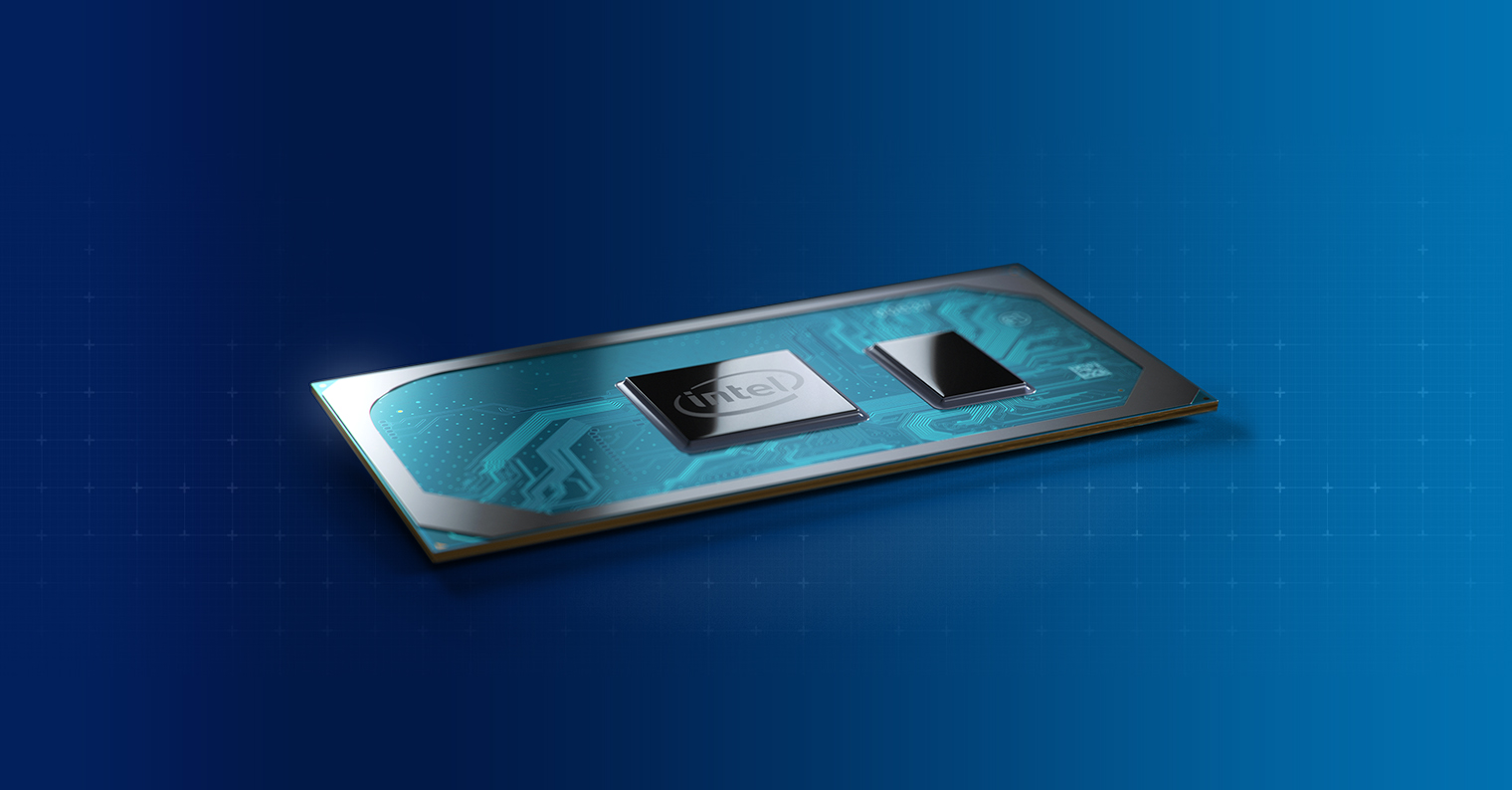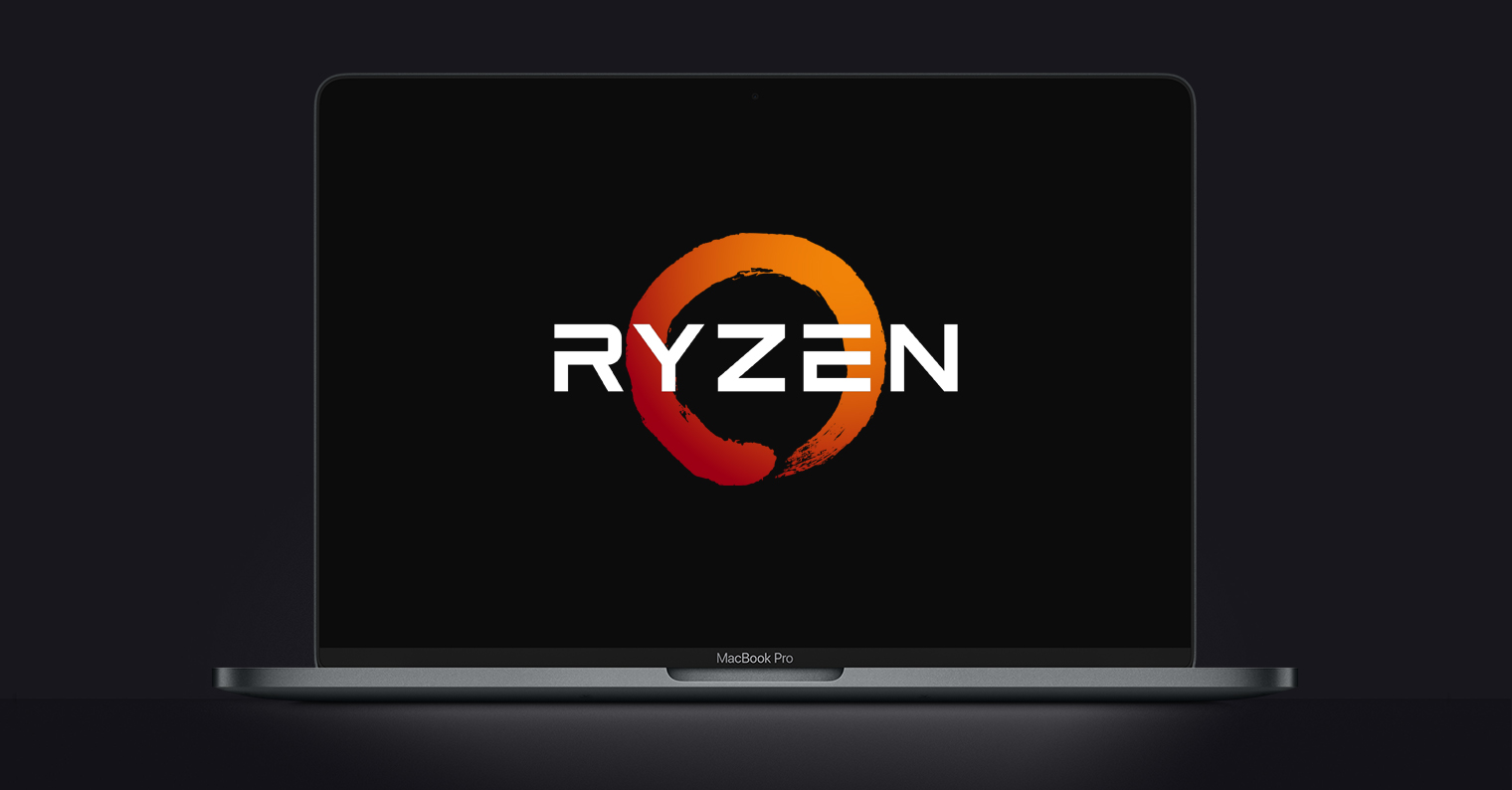In the past week, Apple released new betas of upcoming operating systems for developers, and one of them was the first test version of macOS 10.15.4 Catalina. For now, it doesn't look like this version should bring big news for users, however, the developers managed to find references to processors and ready-made chip solutions from AMD in the system.
It could be interest you

If it was only graphics chips, it wouldn't be surprising. Today, all Mac computers, which in addition to an integrated graphics card also offer a dedicated one, use AMD Radeon Pro. But the system hides mentions of processors and APUs, i.e. combined solutions popular mainly with laptops and cheap PCs, but also with game consoles. These solutions unify the processor and graphics chip, which means not only a better price, but also, according to Microsoft, an increase in the level of computer security at the hardware level.
Basically, such solutions can also be found at Intel, after all, today's 13″ MacBook Air and Pro as well as the Mac mini offer an Intel processor with built-in Iris or UHD Graphics. But AMD, as a manufacturer of graphics cards, can offer a more attractive solution in terms of performance.
However, in recent years, the situation has turned in favor of AMD in the area of processors as well. They are now the same or even more powerful, economical and cheaper than Intel. This is due to the fact that AMD managed the transition to 7nm technology painlessly, while Intel is facing long-term difficulties. These were also reflected in the fact that Intel is canceling support for the super-fast PCIe 4.0 interface for the yet-to-be-released Comet Lake processors. And Apple can't afford to stagnate just because Intel can't move forward.
It could be interest you

AMD can thus be an increasingly attractive choice for Apple, and a possible departure from Intel would not be as painful as when the company began to switch from PowerPC to Intel x15 86 years ago. AMD runs on its own version of the x86 architecture, and today it is no longer a problem to build a Hackintosh powered by an AMD processor.
However, support for AMD processors in macOS may have other explanations. We have already learned that manager Tony Blevins can in various ways force supplier companies to lower the prices at which Apple then buys their components or technology. They do not even shy away from solutions that are intended to create uncertainty among suppliers and thus weaken their negotiating position. Another explanation for why macOS contains mentions of AMD processors may be related to long-term speculation about the possible launch of Macs with ARM chips, the architecture of which would be designed by Apple itself. In essence, this would also be an APU, i.e. similar solutions as those from AMD.

Apple simply has a hard time keeping up with the times in this regard, and the current combination of an Intel processor with AMD graphics is clearly disadvantageous for the desktop computer customer.
AMD processors do not support Thunderbolt.
Comrade editor and his grammatical errors. :D
And that it takes them, for me it makes no sense to buy apple without changing the CPU. Paying 60000 kc for a laptop and having a slow, sluggish and sluggish intel CPU is simply ridiculous, and it's been quite a few years for apple to react. I almost ask myself if it is not mainly due to getting among the crowd an iPad instead of a laptop...